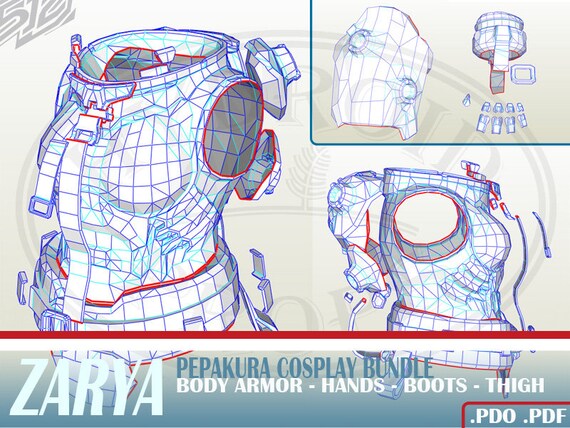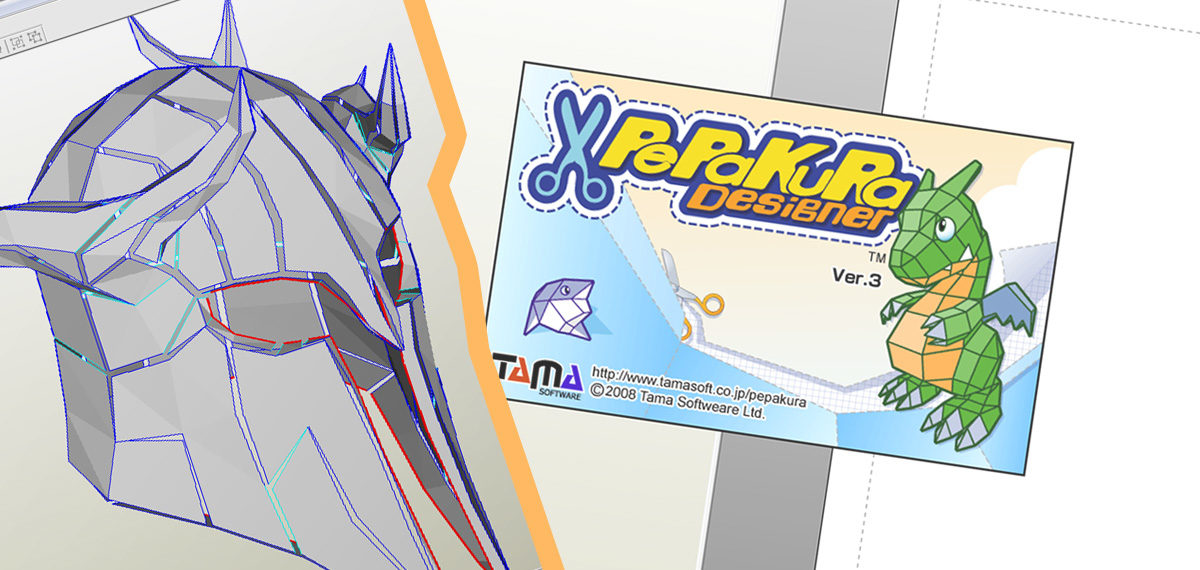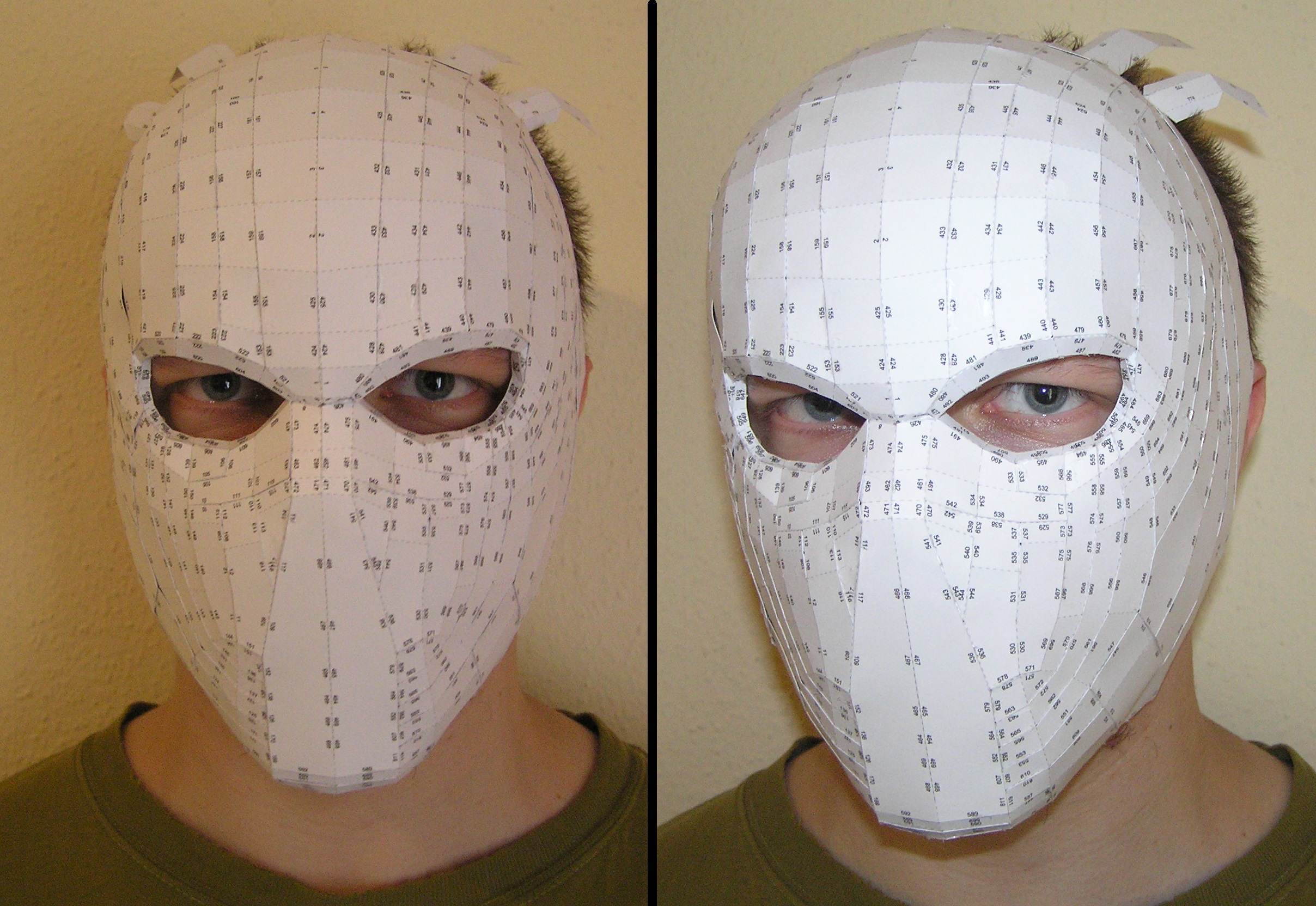Halo Pepakura Database edit edit source. Due to many files here now having dead links, and the difficulty of finding individual files amongst forum threads, a Database has been created to collate these files into a singular, easy to access location.It's basically a one-stop-shop for all Halo related pepakura files. You can access this Database at one of the following links.
- 2519 'pepakura mask' 3D Models. Every Day new 3D Models from all over the World. Click to find the best Results for pepakura mask Models for your 3D Printer.
- Jul 22, 2015 Pepakura Designer is the English version of paper craft software 'Pepakura Designer' developed in Japan. Pepakura Designer allows you to create a development for paper craft easily from 3D data.
- May 23, 2019 - A place for al your pepakura pdo file needs! Papercraft par exzellance! See more ideas about pepakura, paper crafts, paper sculpture.
- Papercraft Octopus 3D pepakura sea creatures paperfreak low poly sculpture DIY wall decor for halloween party decor pattern template paper papercraftfreak 5 out of 5 stars (564) Sale Price $9.98 $ 9.98 $ 12.47 Original Price $12.47' (20% off.

A very easy to use application that was especially tailored for those who need to analyze and print three-dimensional paper designs

What's new in Pepakura Viewer 4.2.1:
- The problem of loading OBJ format materials was fixed. Now the OBJ files exported by >PicoCAD can be imported.
- Support for importing files with data issues such as duplicate faces and vertices has been improved.
- Other maintenance has been performed.
Many software solutions that are dedicated to 3D design are accompanied by separate tools that will serve a simple purpose, namely the previewing of the files created by the main application. Such a utility is the one going by the name of Pepakura Viewer and it was made to complement Pepakura Designer.
The tasks that can be carried out with the help of this particular program include loading and analyzing paper models, as well as printing the template that will be used to put together the design and thus bring the concept to life.
The interface of Pepakura Viewer is clean and simple, with all the functions easily accessible from the main toolbar or from the corresponding menus. Once you open a Pepakura Designer file, you will be able to look at it from two perspectives: 3D and 2D.
The three-dimensional view enables you to rotate the model and look at it from pretty much any angle. Insofar as the flat view is concerned, it will help you make an idea on how the paper template should be cut from the sheet it is printed on.
When it comes to the viewing options of the software, there are quite a few you can activate from the dedicated menu. It is also possible to have part names shown in the 2D view, the page numbers and others that are useful in understanding how the end-product will look like.
The customization settings include a most useful texture configuration area from where you can assign the images you wish to be used in your design. On the whole, the viewer features are well represented and the extra functionality offered by Pepakura Viewer can surely make it the best tool for handling Pepakura Designer files.
Filed under
Pepakura Viewer was reviewed by Olivian PuhaPepakura Viewer 4.2.1
add to watchlistsend us an update- runs on:
- Windows 10
Windows 8
Windows 7
Windows Vista
Windows XP
Windows 2K - file size:
- 5.2 MB
- main category:
- Multimedia
- developer:
- visit homepage
top alternatives FREE
Pepakura Mask
top alternatives PAID
What is pepakura? Pepakura (or ペーパークラ) is a Japanese word which refers to the art of papercraft. In papercraft, you cut and fold paper (or heavier card stock) apart and glue the pieces together to create a three-dimensional object. This is different from origami (折り紙) in which a single sheet of paper is folded into a shape without cutting or gluing.

Papercraft first began appearing in magazines as printing became ubiquitous. It really boomed during World War II when paper remained one of the few materials to not be rationed in the US. When I was younger, I received a book called Make Your Own Working Paper Clock, in which you cut the book apart, assemble according to the instructions, and you are left with a working clock made completely out of paper (and a few paper clips). It took me awhile to work the courage up to actually start building it; I was in my late twenties when I began. Unfortunately, our apartment building burned down, including most of that book, and all I was left with was the center wheel.
Besides being a fun hobby unto itself, the ideas behind papercraft can find their way into props. Paper, card stock and cardboard are inexpensive materials which are easy to manipulate, so they lend themselves to quick mock-ups. You can whip together a quick papercraft model to help you figure out the scale and proportions of a complicated prop, or to help you determine complex angles and measurements. They can even be used for quick rehearsal props. Last year–no kidding–we made a Victrola with a giant cardboard horn coming out of the top for Merchant of Venice rehearsals. It allowed the director and actors to see whether that large of a prop would work with their intended staging before we committed to purchasing an expensive antique.
In addition to making your own models, you can search for papercraft models all over the internet; most come in common PDF or graphics files which you simply print out and start building. They can also feature colors and graphics to spice up your model. I recently finished the scale model Uzi pictured above in such a manner. It even features a removable magazine clip:
The term “pepakura” became more popular in the West with the introduction of a computer program from Japan called Pepakura Designer. The software takes a 3-dimensional object and turns it into a papercraft model; it arranges the individual pieces on pages you can print out, draws lines showing where to cut and fold, and even adds tabs for glue. Everything is labeled as well, so assembly is straightforward.
One of the more common sources of 3D objects for pepakura are video games. With the software, a hobbyist can print out the armor of his favorite video game character and wear it around. They began developing it into a construction method all its own, yielding strong and light-weight pieces. The basic method involves stiffening the outside with resin, then filling the inside with layers of fiberglass or some other stiffener; water-based materials are less popular because they warp the paper. Rather than tread the same steps already trod, I’ll point you to lists of resources which are far more comprehensive than I could hope to provide. The Replica Prop Forum has collected a huge thread of pepakura links, tutorials and tips. As I write this, it contains eleven pages of great information. The second great repository of pepakura information is at the 405th, an online community for people who build guns and armor from the HALO video games.
Free Papercraft Template Downloads
Other posts on my site you may like...

Pepakura Iron Man
- Fridays Links
Foam latex prosthetics, digital copies of old newspapers, the best toys throughout history, and making props out of...... - BAM! Creative Art
Ah, paper props. They can be fun to do… if you have time. And if you know how...... - I, Pencil
An essay by Leonard E. Read about the 'genealogy of things'....... - Faking a Beer Can
For our upcoming production of The Book of Grace by Suzan-Lori Parks at the Public Theater, we need......